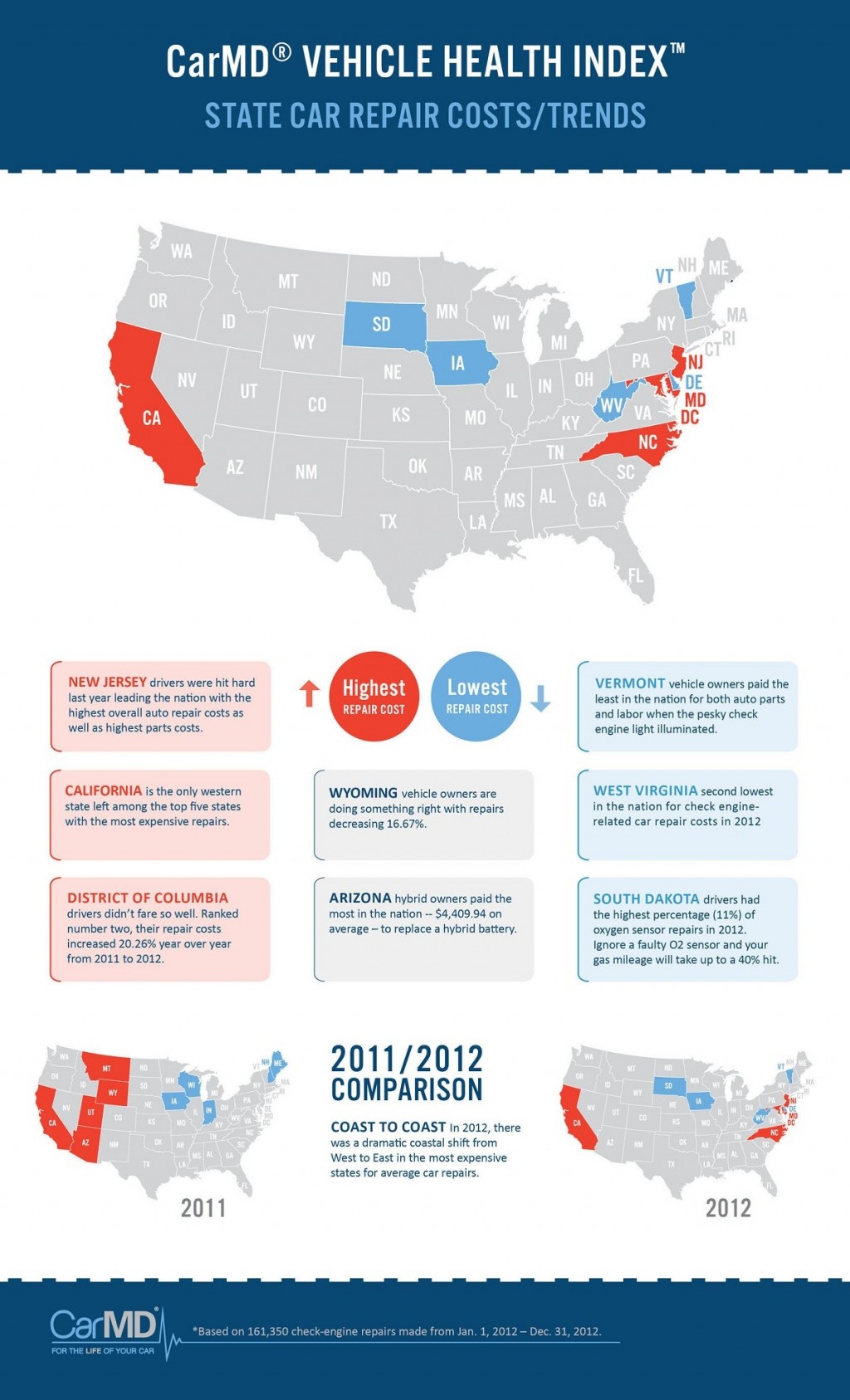Recognizing Your Car'S Caution Lighting: What Do They Really Mean?
Recognizing Your Car'S Caution Lighting: What Do They Really Mean?
Blog Article
Content Author-Johannsen Crawford
When you lag the wheel, those beautiful warning lights on your control panel can be a little bit complicated. Do you understand what they're trying to tell you about your car's health and wellness? Comprehending the importance of these lights is crucial for your security and the durability of your car. So, the following time one of those lights appears, wouldn't you want to analyze its message properly and take the required actions to resolve it?
Common Warning Lighting and Interpretations
Recognize typical caution lights in your cars and truck and understand their meanings to make sure safe driving.
The most common caution lights consist of the check engine light, which signals concerns with the engine or discharges system. If this light comes on, it's crucial to have your automobile inspected promptly.
The oil stress warning light indicates low oil pressure, needing immediate attention to avoid engine damages.
A flashing battery light may suggest a damaged charging system, potentially leaving you stranded otherwise attended to.
The tire pressure surveillance system (TPMS) light informs you to reduced tire stress, impacting lorry stability and gas effectiveness. Disregarding this can result in dangerous driving conditions.
scrap mechanic indicates an issue with the anti-lock braking system, jeopardizing your capability to stop quickly in emergencies.
Finally, the coolant temperature warning light warns of engine getting too hot, which can cause severe damage if not dealt with swiftly.
Comprehending these common warning lights will assist you address concerns promptly and maintain risk-free driving conditions.
Value of Prompt Interest
Recognizing the typical caution lights in your car is just the primary step; the significance of without delay dealing with these warnings can't be emphasized enough to guarantee your safety and security on the road.
When a caution light illuminates on your dashboard, it's your automobile's way of interacting a possible problem that needs focus. Neglecting these cautions can lead to a lot more extreme problems down the road, jeopardizing your security and possibly costing you extra in repairs.
Motivate focus to cautioning lights can stop malfunctions and mishaps. For example, a blinking check engine light might indicate a misfire that, if left ignored, might trigger damages to the catalytic converter. Resolving this immediately can save you from an expensive repair work.
Similarly, a brake system alerting light could indicate reduced brake liquid or used brake pads, crucial elements for your safety when driving.
Do It Yourself Troubleshooting Tips
If you observe a warning light on your control panel, there are a few do it yourself fixing suggestions you can try prior to looking for professional help.
visit our website is to consult your auto's manual to recognize what the details caution light shows. Often the problem can be as simple as a loose gas cap causing the check engine light. Tightening the gas cap may deal with the issue.
Another common concern is a low battery, which can cause different cautioning lights. Examining the battery connections for deterioration and guaranteeing they're protected might repair the issue.
If a caution light continues, you can attempt resetting it by detaching the vehicle's battery for a few minutes and after that reconnecting it. Furthermore, examining your lorry's liquid degrees, such as oil, coolant, and brake liquid, can help repair warning lights related to these systems.
Conclusion
To conclude, understanding your car's caution lights is crucial for keeping your vehicle running efficiently and safely. By quickly addressing these alerts and recognizing what they imply, you can stay clear of expensive repairs and potential breakdowns.
Remember to consult your cars and truck's guidebook for certain information on each cautioning light and act as necessary to make certain a trouble-free driving experience.
Stay notified, remain secure when traveling!
